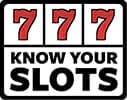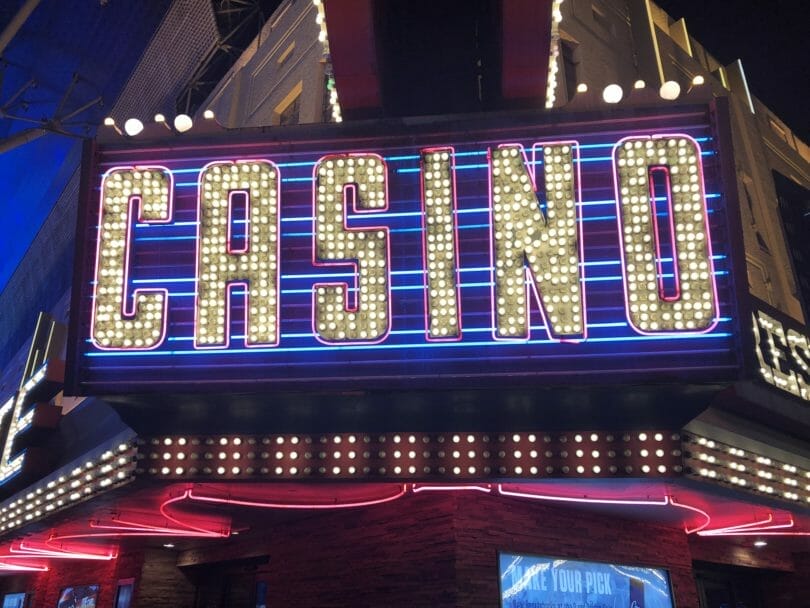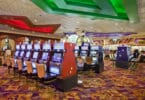This is one of those persistent things that I see posted as fact on social media all the time. California only has Tribal Gaming facilities, and do not have to report their payback data. As such, California slot machines have a payback of only 70 percent to 80 percent, much lower than you’d find in Las Vegas, because they can get away with it.
Since the casino’s don’t report, there is no official government document that you can refer to that will tell you the precise payback percentage. But, we can still look at a variety of things and answer with some confidence:
STATUS: They don’t. The worst they would possibly be is similar to a cruise ship.
Attempting a Direct Approach
I attempted to do a research project to try to find that out. On many casino win/loss statements, it tells you your coin-in and coin-out, which, in aggregate across enough players, can start to indicate some trends. It wouldn’t be perfect, but seeing if a casino was paying back 70 percent, vs. a more standard number like the low 90s, should become clear before too long.
Except… many California casinos don’t give you enough information to determine the answer. Instead of showing coin-in and coin-out like at Mlife properties, you only get the total won/lost. That doesn’t help you understand anything beyond a very basic final accounting.
So, it’s going to be tough to really confirm with actual data. But we do have other things we can review that may get us somewhere.
Indirect Available Information
We can look to other sources of information to determine paybacks in California, because there are known pieces of data that we can evaluate. Here’s examples of things that are known about California’s casinos.
Class III Slot Machines are Available
California’s Tribal Gaming casinos can have Vegas-style/Class III slot machines if they have a compact with the state. Some can have a limited number of Vegas-style slot machines, while others can have as many as they want. There are more than 50 gaming properties in the state of California under these compacts, so Class III slot machines are everywhere.
The presence of Class III slot machines is important, as these are the same slot machines that the manufacturers sell elsewhere. You can read how slot payback is determined in more detail elsewhere on this site, but in summary casinos can choose from a handful (usually something like half a dozen) payback options – it’s not an open-ended number, but there’s a set of programmed choices.
Most games are designed to meet the market regulations of many states at once, so usually the choices are between 80 percent and 98 percent, and even more commonly between 85 percent and 95 percent. This would put the slots considerably higher than the 70 percent many people worry about.
Cruise ships many times tend to run slots on the lowest payback setting, about 85 percent. You can feel a difference many times when they’re turned down that low. A slot that only paid back 70 percent would be pretty obviously detected and felt, and casinos would probably struggle to retain customers before long. If a player doesn’t feel they’re getting a fair shake, they’re generally inclined to walk away (or at least they should).
Other Paytables Are Still Public
I’ve previously shared the advice of one slot floor director here who says look to Video Poker paytables for an idea of how a casino’s floor is set up to pay.
Tighter casinos tend to have tighter everything – tighter video poker pays, tighter Blackjack rules, tighter Roulette (ever heard of 000 Roulette?) and so on. A casino is not going to choose one group and rake them over the coals while offering really good Blackjack odds.
So you can get a feel for how the casino sets paybacks by comparing data. For Video Poker data, the site vpfree2.com is a great resource, with user-reported updates as to Video Poker paytables throughout the country.
Here’s a link to the West Coast, which is where you’ll find California casinos. A number of them have choices that outrank what you’ll find on the strip. Downtown casinos are harder to beat as they still tout value and that can include some of the Video Poker options. But it doesn’t look as dire as many would make it out to be.
It would be highly illogical for a casino to offer 98% payback on video poker and 70% payback on slots. Why offer video poker at all if the goal is to just take money as fast as possible?
State Regulations Do Exist
The compacts with the state do give state regulators a chance in certain cases to inspect and look things over. These regulations can include machine inspection and certification. There are always players that think casinos somehow hack machines to make them pay less than designed, another scenario that would be too expensive to make a reality for the money they would derive.
Having state oversight and review of machines further protects players to make sure the games are paying out as designed. And since we know they’re designed by slot manufacturers who set a floor to protect their own business too, as well as meet state regulations, you can take solace that paybacks have to be above a certain number.
Now, that doesn’t mean every compact allows this; California’s compacts have evolved over time and newer ones have different elements than older ones. But given manufacturers are selling the same products to all the casinos, any oversight has a cascading effect.
The Class II/Bingo Machines Wrinkle
Tribal Gaming operations also have the option of operating Bingo machines, or Class II machines, which aid in the playing of Bingo, even though they may look like a slot machine on the surface. Less is known about the bingo paybacks since the payouts are based on the game of Bingo, outside the machines.
But most casinos that have Class II are using it to fill in because of a cap on how many Class III machines they’re allowed to have. If Class II machines were paying markedly lower payouts than Class III, players would be able to sense it after awhile.
Given this, it’s very unlikely the Bingo machines would differ widely from their slot machine counterparts. And, as noted earlier, it would make little sense to set one set of machines at a markedly lower payout than another. The casino has a house hold goal across a casino floor, and all the machines are generally set to support that goal.
Operators Across State Lines
California also has operators within their borders who manage properties in other parts of the country as well, such as Hard Rock (which recently opened a casino in Sacramento) and Harrah’s.
When larger companies like this exist, they tend to have a company wide goal, that all their properties together are set up to help meet. They want to have a consistent experience across all their properties, so you have a good time and want to visit other properties.
Harrah’s in California isn’t going to have such bad payouts that you’d want to avoid them in Laughlin or Las Vegas, and Hard Rock isn’t going to want to give you a bad experience that would lead you to skip Hollywood, Florida or Atlantic City.
Those that aren’t owned by bigger chains will know this about the chains, and will want to compete accordingly. With the number of casinos in California, and Las Vegas and other Nevada markets close enough, there’s too much competition to go down the low payout rabbit hole.
In fact, older casinos may see their payouts be a bit above the average to try to encourage players to come back more since they can’t compete on new and shiny.
Conclusions
There’s enough data points out there to reassure players that California casinos aren’t set up to hoover your wallet. For those wondering about Tribal Gaming casinos outside of California, that holds true as well.
But because players want as much tangible evidence as possible, presuming success with the California data experiment, I’ll expand it other markets where such data can be compared. Ultimately, casinos aim to balance the need to make a profit with the ability to offer an entertaining experience and, yes, a chance to take home a jackpot.
Paybacks set too low simply will struggle to provide that entertainment, so it’s in the casinos’ best interest to ensure the balance is maintained. And that means payback well above 70 or even 80 percent.





